1
Steph W. from SEOPressor


👋 Hey there! Would you like to try out this New AI-Powered App that'll...
...help you check your website and tell you exactly how to rank higher?


85
score %
SEO Score

Found us from search engine?
We rank high, you can too.
SEOPressor helps you to optimize your on-page SEO for higher & improved search ranking.
By jiathong on September 5, 2016

Short and sweet, as the saying goes. This adage has been repeated ad nauseam in the online marketing world, where the received wisdom was that the Internet is a big place full of distractions, and people don’t have time for more than a bite-size read.
This logic goes all the way back to 1997:

As such, you’ll find hundreds of articles and even whole websites dedicated to 500-word blog posts. 500 words article was considered the winning length for maximizing content value within a short attention span.
In reality, if this was ever true, it isn’t anymore.
All the way back in August 2013, Google shifted their algorithm to rank in-depth articles. They are quoted as saying, “up to 10% of users’ daily information needs involve learning about a broad topic.”
This sent brands rushing to publish long-form content in order to get an edge on their competitors, publishing posts that were regularly over 2,000 words in length.
Essentially, this debate is one that is rooted in human nature. Long-form vs. short-form is more specifically, curiosity vs attention span.
These two forces are actually expressions of the same energy. We are naturally curious, so we always want to know more. The downside is that as a result, we are interested in a great many things.
In the modern world, all our passions are co-opted to try and sell us things, so we must be extremely selective about the information we concentrate on, and the information we filter.
Short-form content offers a low investment strategy. As such, the stakes are low, but so is the relative reward. For those looking for a shallow impression of a subject, or a bit of light entertainment around a topic, this can be enough.
Long-form content require a high level of investment from readers. They have to concentrate, maintain their attention, and absorb large volumes of new information. As such, readers need to be highly engaged in the topic to commit to it.
This isn’t the first article written on long-form vs. short-form, and it won’t be last. What I hope it is, however, is the best introduction you can find to the debate, so you can establish your own position on it and move forward with confidence in whichever strategy you decide on.
Let’s be honest. Long-form content is a broad church. If we’re talking longer than 500, will 600 suffice? Not really.
To be considered long-form, blog posts should be 2,000 words or more. The jury is out on the exact optimal length (as it always will be), but:
So as you can see, there’s a pretty wide range to be working in, but longer seems to be better.
This is because long-form content offers more value to readers, and therefore a more rewarding experience. People want insight, and length offers you the room to get into it.
For examples:
Briefings on a specific topic that offers up to date information on trends and best practices. These are designed to help people quickly achieve a broad understanding of a topic area.
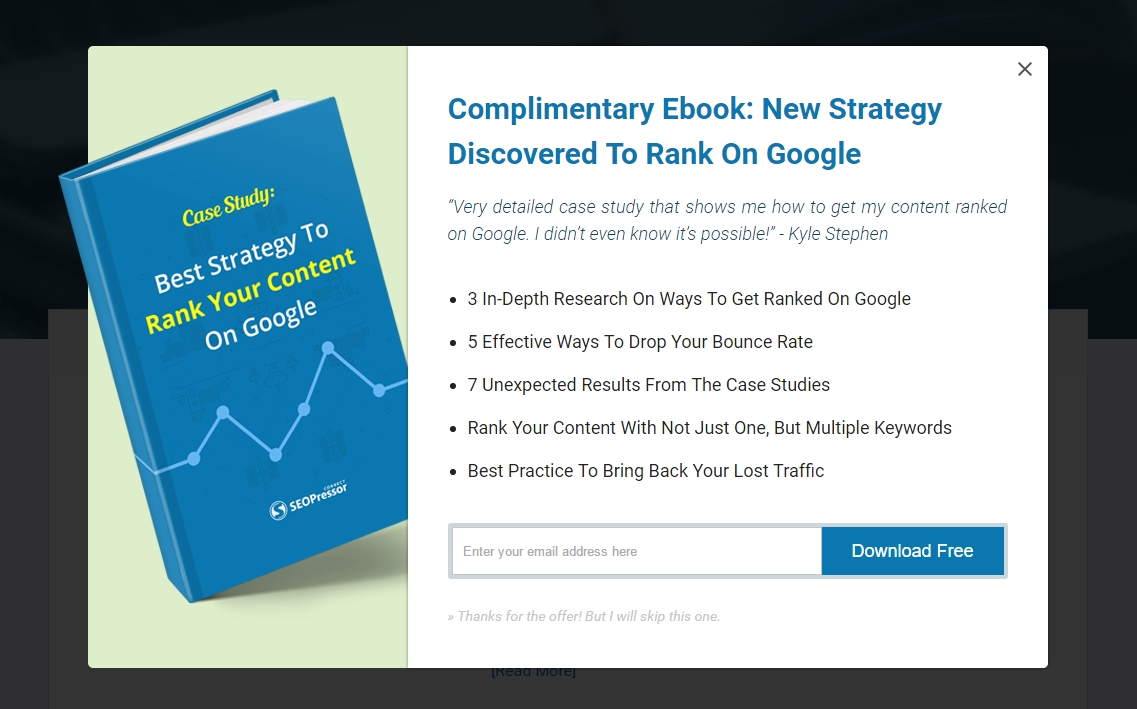
E-books are designed to offer very in-depth treatments on the details of a very narrow topic area, often with a given objective in mind from the beginning.
Guides are designed to help shape perception with expert insight. Guides can help people achieve things, even if those things are abstract. You can publish a guide to choosing home furnishings correctly or a guide to building a table instead.

Resources are detailed references that people can rely on. Facts from expert sources that can be used to support arguments, processes that can be followed to get predictable results.
Moz does a very good job in their Whiteboard Friday video.
Videos are easy to go long-form, as you determine the length yourself through editing. Video allows you to discuss your insights and promote your personal brand.
Webinars combine video and written resources to provide opportunities for discussion with those interested in learning more about your niche, from someone with expertise.
Next, let’s look at some of the pros and cons of long-form content.
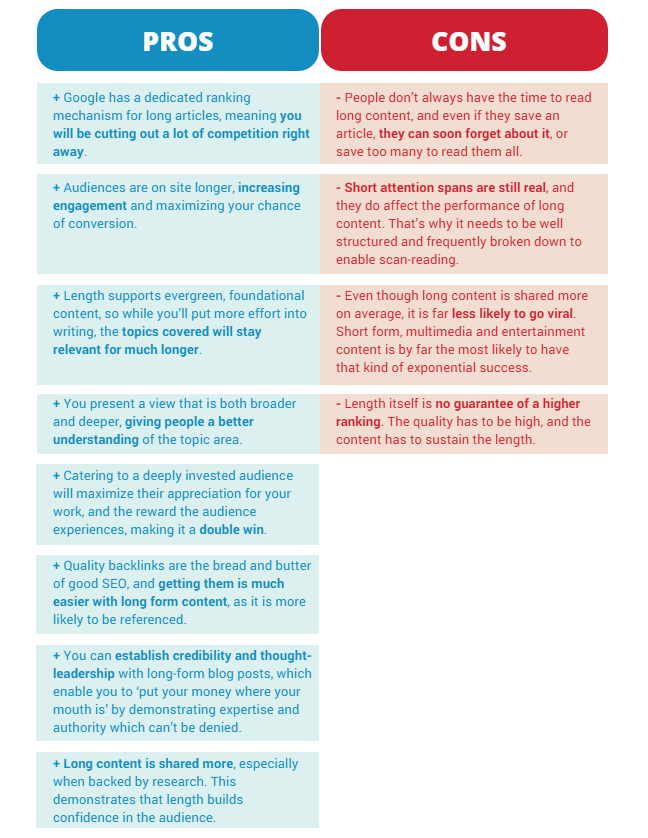
Fortunately, this debate has raged long enough to pull in some heavyweight research.
Moz and BuzzSumo analyzed over a million articles, posts, and webpages and demonstrated research-backed content and opinion pieces dominated, all well over 1,000 words.
Brian Dean at Backlinko similarly analyzed a million Google search results to see what factors correlated with first-page ranking. Amid the other factors, length was a clear and undeniable factor – longer was better.
SerpIQ lends further credibility to this idea.
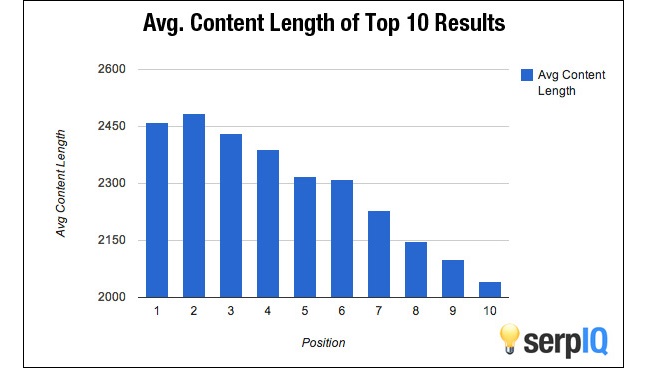
BuzzSumo followed up by looking at 100 million articles, and found articles between 3,000-10,000 words long got twice the number of shares as content 0- 1,000 words long.
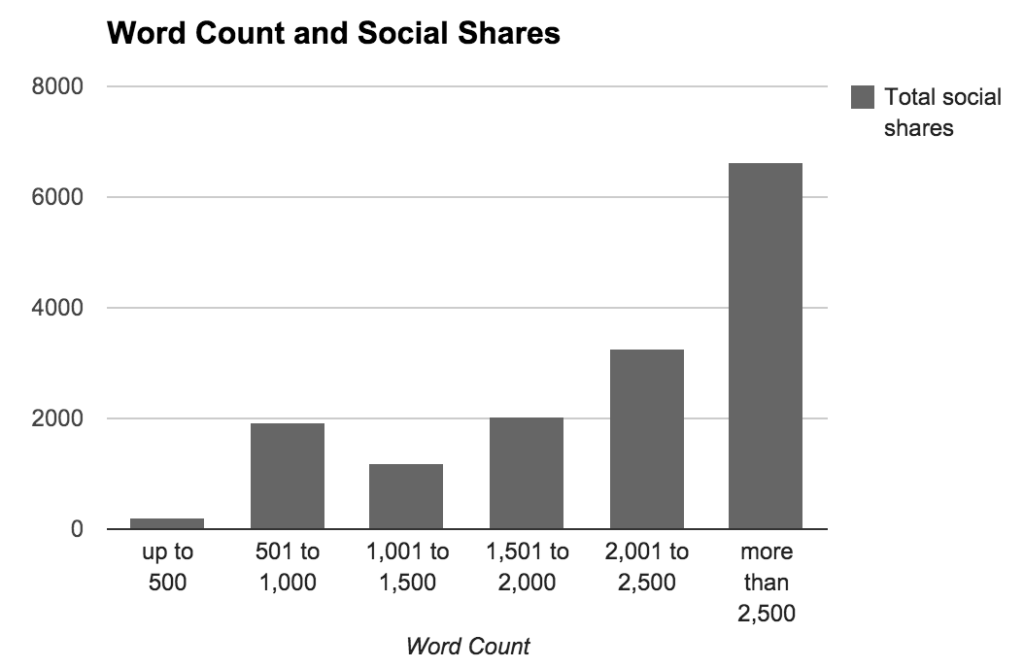
Long content isn’t effective purely because it’s long. And there’s more to it than the long word length which allows you to hit more backlinks or include more keywords in your content. These are nice, but they’re not what make human beings love reading your work.
Long content needs to be more than long, it needs to be good. So what makes it good?
Long-form content is incredibly difficult to do well. Our most shared posts have taken over 48 hours per article to research, write, and edit.
You have to be constantly on the hunt for new information while being three steps ahead of where you are on your own strategy. Then, you have to write it well enough so people will read. Research is the foundation of good long-form content – pepper your work with case studies, examples, and links.

You need to make your content emotive, no matter the subject matter. You’re taking people on a voyage of discovery. They’ll be different by the time they’ve finished reading – more knowledgeable, more rich in wisdom.
This is the basis of just about every great story ever told, so anchor what you’re writing in an emotional reality. Let the audience feel the struggle, the highs, and the lows. Content that triggers an emotional response like anger, awe, anxiety, excitement or relief is always more likely to earn shares and links.

Don’t be bland. Just don’t be. Show personality, establish a strong stance you really believe in and stick to it. Nelson Mandela once said, “If you let your light shine, you give others permission to do the same”. People are looking for a champion to express what they can’t. You can’t be that person without passion in our writing.
Long-form content lets of offer a great depth of information to a given topic and this lets you cover more important points.
At the same time, not all long-form contents are superb, it’s essential that you create these content with structural precision to make it easy to skim and follow through.
Of course, by all means, you need to put in more effort to create long-form content for SEO, but it isn’t necessarily difficult. Just follow these two steps.
Use BiQ’s Keyword Intelligence and start exploring your topic. What you want to look for in a qualified target keyword is its search volume, intent, and also if it fits your marketing purpose.
Once you have a target keyword in mind, search it and you can start expanding and crafting your content outline by referring to the popular questions tab.
Let’s say you are looking to create long-form content on inbound marketing vs outbound marketing.
These popular questions are commonly raised and can then be your subheadings to inform your content outline. At the same time, check the content ideas tab to further supplement it, and you can start writing right away!
Also an important note, always remember to add structure to your content by adding line breaks, lists, headings, and sub-headings, images, and bold-face to highlight the key take-homes.

All these will help break down the content into bite-sized chunks and make it more easily scan-able.
You may use BiQ’s Content Intelligence to check your overall content’s readability.

You will also see the tool go in-depth into each line and analyze the readability grades. It tells you how easy it is to read the section. This is an indirect ranking factor because if your content is easy to read, your readers are sure to spend more time on your website.

Schedule your posts, and make sure people can rely on you to have new content up on time. This rewards readers and locks in loyalty.
If your idea isn’t big enough to live up to 2,000 words, you’ll be either repetitive or boring. Make sure that the things you cover long-form are important enough to deserve it.
So with all that said, short-form content must suck, right? Wrong.
Look, I know I just told you to make a strong stance and stick to it. And I know some of you will be infuriated that I’m not doing that by throwing short-form content under the bus.
Unfortunately, this is a complex area, and everything has advantages as well as disadvantages. I said I wanted to give you all the information, and I’d be dumb not to, as you’d miss an opportunity if you didn’t read on. Stay with me, and you’ll see that all content has its place.
Also, and I swear I didn’t plan this, this section will also be much shorter than the one on long-form content. Go figure!
So, short-form content is less than 1,000 words long. Generally speaking, short-form content is better suited to social media, mobiles, and tablets than long-form content.
For example:
Anything designed for virality from within Facebook, Instagram, and others can generally be no more than a few hundred words.

Infographics put their emphasis on design, letting words take a back seat, there only to ‘fill in the gaps’.
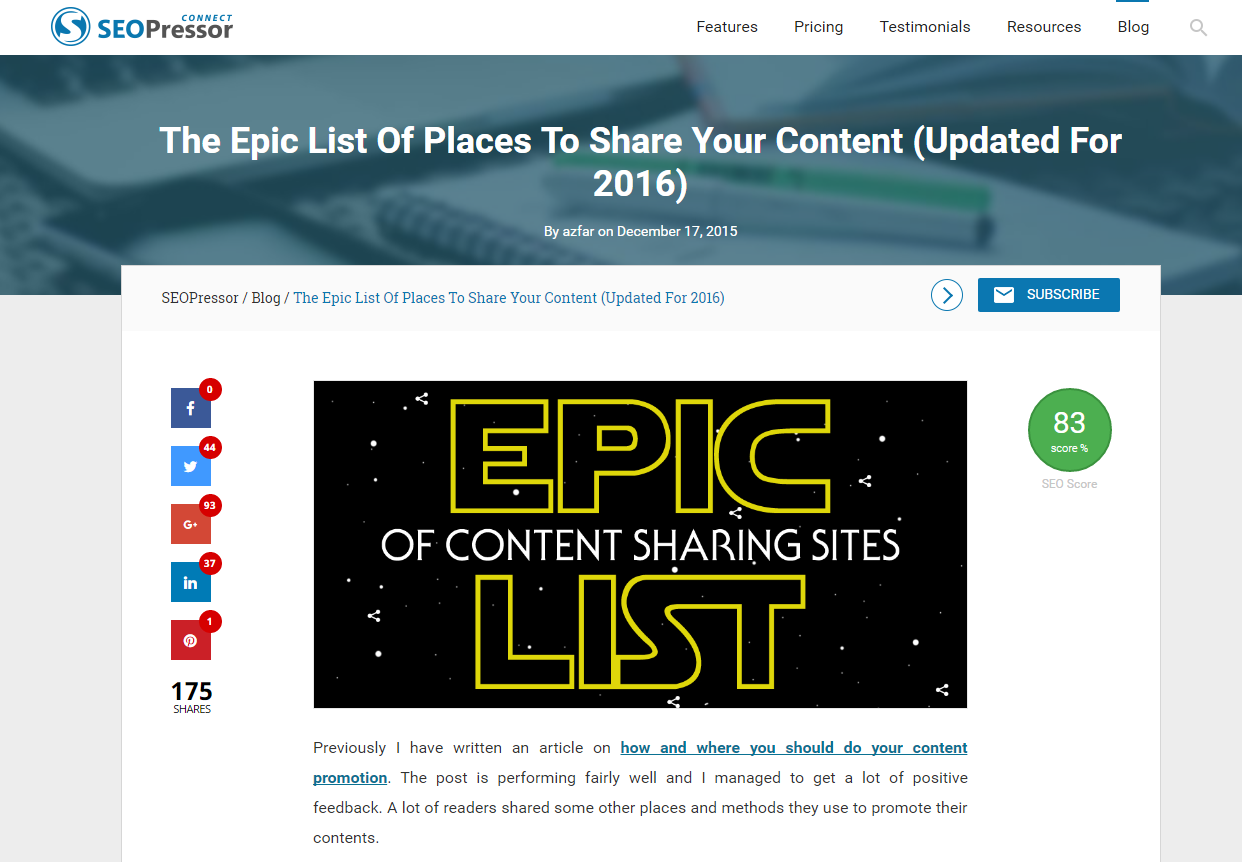
Listicles are light entertainment articles that use the list format to hook readers with sharable content.
Posts that focus on pictures for their examples need fewer words.
Seth Godin is famous for micro-blogging his stream of consciousness, which offers motivational tidbits and insightful challenges to keep people engaging.
Here are some of the pros and cons of short-form content that you should know:
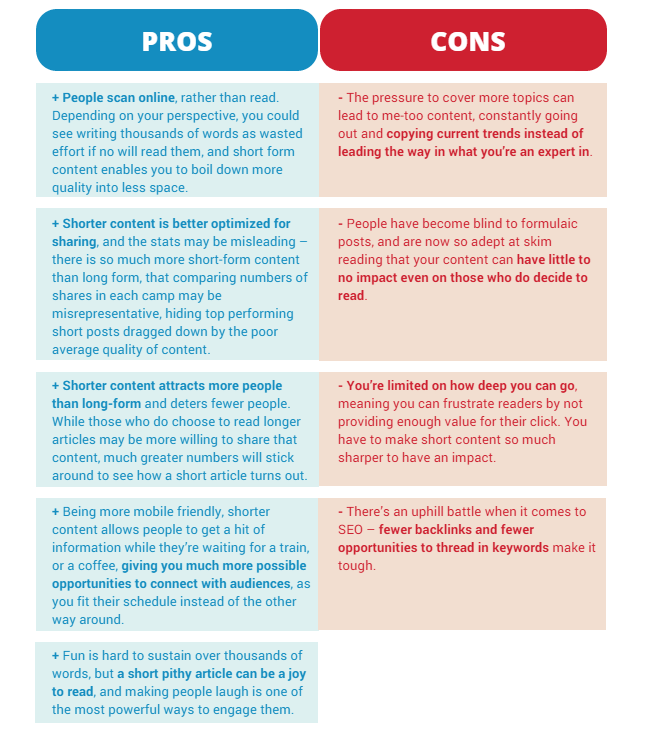
If your short content is to succeed it needs to give people a shock. You need to flip expectations and convention information that awes and inspires. If it’s not worth talking about, it will get lost.
You don’t have a lot of space to play with, so you need to maximize the impact and emphasis you can deliver in that short space. One post, one idea. You can spend almost as much time honing a short-form blog as you can write a long one.
You need to make sure this content challenges readers to share it with friends, whether through controversy and debate or amusement and delight.
It also makes sense to create short-form content when the topic you are creating is just a passing trend that is relevant for a limited time period.
You might think it would be topics like Superbowl LIV or Uncle Roger’s Comment on the egg fried rice. Surprisingly, there are trends in almost any topic even green tea.
Just do a search at BiQ’s Keyword Intelligence and click on the trending searches tab and you may discover unexpected wonders like green tea sushi.

Advantages and disadvantages abound, but the take-homes are clear – there is a good way to do both types of content and if you can achieve that, you can reap rewards.
Short-form content is more narrowly optimized – it hits people during a transition time in their day. Long-form content gets people on their larger devices, where they tend to spend more time, and do so deliberately.
I point this out because understanding touchpoints and behaviors can help you model a content strategy that includes both types of content, and uses them to best effect.
If you have specific aims like increasing visitors from organic searches, then long-form content is your answer. If your audience is established and you have content interesting enough to command shares, then short-form content will help you keep it top of mind for potential customers.
Finally, don’t be afraid to test different approaches. Nobody gets it right the first time, that’s why we use the word ‘optimize’ so much.
Think of your friendships. Do you have a friend you can always laugh and joke with, but don’t share personal details? Do you have a friend who you will always end up having a deep philosophical heart-to-heart with? Or do you do a mixture of both?
Try to be a good friend to your audience by varying content. Let them laugh with you, cry with you, and be inspired by you.
Which content do you prefer the most, long-form content or short-form content? And why? Do share your thoughts with us by leaving a comment down below!
This post was originally written by Joanne and published on Sep 5, 2016. It was most recently updated on Aug 6, 2018.
Updated: 13 December 2024


Save thousands of dollars (it’s 100x cheaper)

Zero risk of Google penalty (it’s Google-approved)

Boost your rankings (proven by case studies)
Rank High With This Link Strategy
Precise, Simplified, Fast Internal Linking.
